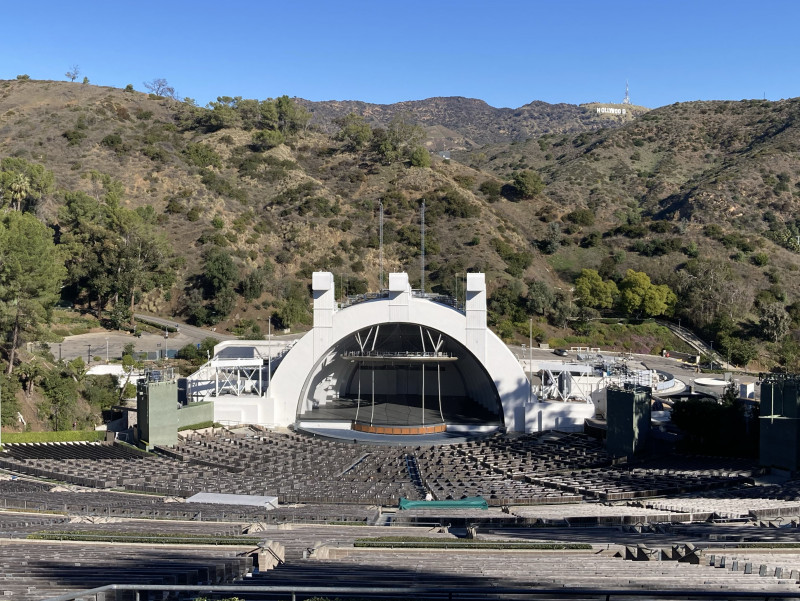1067
Beer was spread through Europe by Germanic and Celtic tribes as far back as 3000 BC, and it was mainly brewed on a domestic scale. The product that the early Europeans drank might not be recognised as beer by most people today. Alongside the basic starch source, the early European beers may have contained fruits, honey, numerous types of plants, spices, and other substances such as narcotic herbs. This mixture was called gruit, where if some were improperly heated could cause hallucinations. The mixture of gruit was different from every brewer. What they did not contain was hops, as that was a later addition, first mentioned in Europe around 822 by a Carolingian Abbot and again in 1067 by abbess Hildegard of Bingen.
1516
In 1516, William IV, Duke of Bavaria adopted the Reinheitsgebot (purity law), perhaps the oldest food-quality regulation still in use in the 21st century, according to which the only allowed ingredients of beer are water, hops, and barley-malt. Beer produced before the Industrial Revolution was made and sold on a domestic scale, although by the 7th century AD, beer was also being produced and sold by European monasteries. During the Industrial Revolution, the production of beer moved from artisanal to industrial manufacture, while domestic production ceased to be significant by the end of the 19th century.
1642
Beer colour is determined by the malt. The most common colour is a pale amber produced from using pale malts. Pale lager and pale ale are terms used for beers made from malt dried and roasted with the fuel coke. Coke was first used for roasting malt in 1642, but it was not until around 1703 that the term pale ale was used.
1842
In terms of sales volume, most of today's beer is based on the pale lager brewed in 1842 in the city of Plzeň in the present-day Czech Republic. The modern pale lager is light in colour due to use of coke for kilning, which gives off heat with little smoke.
1912
In 1912, brown bottles began to be used by the Joseph Schlitz Brewing Company of Milwaukee, Wisconsin, in the United States. This innovation has since been accepted worldwide as it prevents light rays from degrading the quality and stability of beer. The brewing industry is a global business, consisting of several dominant multinational companies and many thousands of smaller producers, ranging from brewpubs to regional breweries. As of 2006, more than 133 billion litres (35 billion US gallons) of beer are sold per year, producing global revenues of US$294.5 billion. In 2010, China's beer consumption hit 450 billion litres (120 billion US gallons), or nearly twice that of the United States, but only 5 per cent sold were premium beers, compared with 50 per cent in France and Germany. Beer is the most widely consumed of all alcoholic drinks. A widely publicised study in 2018 suggested that sudden decreases in barley production due to extreme drought and heat could in the future cause substantial volatility in the availability and price of beer.
1973
Top-fermented beers are most commonly produced with Saccharomyces cerevisiae, a top-fermenting yeast which clumps and rises to the surface, typically between 15 and 25 °C (59 and 77 °F). At these temperatures, yeast produces significant amounts of esters and other secondary flavour and aroma products, and the result is often a beer with slightly "fruity" compounds resembling apple, pear, pineapple, banana, plum, or prune, among others. After the introduction of hops into England from Flanders in the 15th century, "ale" came to mean an unhopped fermented brew, while "beer" meant a brew with an infusion of hops. The term 'real ale' was coined by the Campaign for Real Ale (CAMRA) in 1973 for "beer brewed from traditional ingredients, matured by secondary fermentation in the container from which it is dispensed, and served without the use of extraneous carbon dioxide". It is applied to both bottle conditioned and cask conditioned beers.
1974
Some of the earliest Sumerian writings contain references to beer; examples include a prayer to the goddess Ninkasi, known as "The Hymn to Ninkasi", which served as both a prayer and a method of remembering the recipe for beer in a culture with few literate people, and the ancient advice ("Fill your belly. Day and night make merry") to Gilgamesh, recorded in the Epic of Gilgamesh by the alewife Siduri, may, at least in part, have referred to the consumption of beer. The Ebla tablets, discovered in 1974 in Ebla, Syria, show that beer was produced in the city in 2500 BC. A fermented drink using rice and fruit was made in China around 7000 BC. Unlike sake, mould was not used to saccharify the rice (amylolytic fermentation); the rice was probably prepared for fermentation by chewing or malting. During the Vedic period in Ancient India, there are records of the consumption of the beer-like sura. Xenophon noted that during his travels, beer was being produced in Armenia.
1994
The product claimed to be the strongest beer made is Schorschbräu's 2011 Schorschbock 57 with 57,5% ABV. It was preceded by The End of History, a 55% Belgian ale, made by BrewDog in 2010. The same company had previously made Sink The Bismarck!, a 41% ABV IPA, and Tactical Nuclear Penguin, a 32% ABV Imperial stout. Each of these beers are made using the eisbock method of fractional freezing, in which a strong ale is partially frozen and the ice is repeatedly removed, until the desired strength is reached, a process that may class the product as spirits rather than beer. The German brewery Schorschbräu's Schorschbock, a 31% ABV eisbock, and Hair of the Dog's Dave, a 29% abv barley wine made in 1994, used the same fractional freezing method. A 60% ABV blend of beer with whiskey was jokingly claimed as the strongest beer by a Dutch brewery in July 2010.
2001
Many beers are sold in cans, though there is considerable variation in the proportion between different countries. In Sweden in 2001, 63.9% of beer was sold in cans. People either drink from the can or pour the beer into a glass. A technology developed by Crown Holdings for the 2010 FIFA World Cup is the 'full aperture' can, so named because the entire lid is removed during the opening process, turning the can into a drinking cup. Cans protect the beer from light (thereby preventing spoilage) and have a seal less prone to leaking over time than bottles. Cans were initially viewed as a technological breakthrough for maintaining the quality of a beer, then became commonly associated with less expensive, mass-produced beers, even though the quality of storage in cans is much like bottles. Plastic (PET) bottles are used by some breweries.
2002
In the 21st century, larger breweries have repeatedly absorbed smaller breweries. In 2002, South African Breweries bought the North American Miller Brewing Company to found SABMiller, becoming the second-largest brewery after North American Anheuser-Busch. In 2004, the Belgian Interbrew was the third-largest brewery by volume, and the Brazilian AmBev was the fifth-largest. They merged into InBev, becoming the largest brewery. In 2007, SABMiller surpassed InBev and Anheuser-Busch when it acquired Royal Grolsch, the brewer of Dutch brand Grolsch. In 2008, when InBev (the second-largest) bought Anheuser-Busch (the third-largest), the new Anheuser-Busch InBev company became again the largest brewer in the world. As of 2020 , according to the market research firm Technavio, AB InBev was the largest brewing company in the world, with Heineken second, CR Snow third, Carlsberg fourth, and Molson Coors fifth.
September 2011
The strength of beers has climbed during the later years of the 20th century. Vetter 33, a 10.5% ABV (33 degrees Plato, hence Vetter "33") doppelbock, was listed in the 1994 Guinness Book of World Records as the strongest beer at that time, though Samichlaus, by the Swiss brewer Hürlimann, had also been listed by the Guinness Book of World Records as the strongest at 14% ABV. Since then, some brewers have used champagne yeasts to increase the alcohol content of their beers. Samuel Adams reached 20% ABV with Millennium, and then surpassed that amount to 25.6% ABV with Utopias. The strongest beer brewed in Britain was Baz's Super Brew by Parish Brewery, a 23% ABVbeer. In September 2011, the Scottish brewery BrewDog produced Ghost Deer, which, at 28%, they claim to be the world's strongest beer produced by fermentation alone.
Trending
42 minutes ago Madagascar Hissing Cockroaches Featured on Good Morning Texas: Sponsored Segment
42 minutes ago League of Legends Patch 25.14 Introduces Yunara, Kled Rework, and Meta Changes.
42 minutes ago Zelenskyy reshuffles Ukrainian government amidst ongoing conflict and US weapon deliveries.

2 hours ago Dwayne Johnson's WWE feuds, scene-stealing cameo, and streaming success in Moana 2.
2 hours ago Olivia Cooke and Robin Wright face off in 'The Girlfriend' teaser trailer.

2 hours ago Phillipa Soo, Josh Gad Join Cynthia Erivo in Jesus Christ Superstar at Hollywood Bowl
Popular

Pam Bondi is an American attorney lobbyist and politician A...

Jupiter is the fifth and largest planet from the Sun...

KPop Demon Hunters is a animated musical fantasy action comedy...

Thomas Douglas Homan is an American law enforcement officer and...

William Franklin Graham III commonly known as Franklin Graham is...

Candace Owens is an American conservative and far-right political commentator...